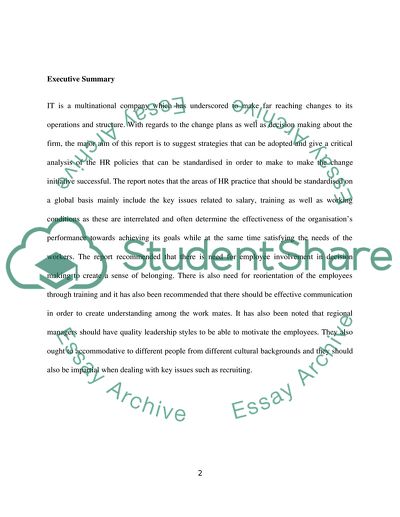Cite this document
(HRM in International Context Research Paper Example | Topics and Well Written Essays - 3000 words, n.d.)
HRM in International Context Research Paper Example | Topics and Well Written Essays - 3000 words. Retrieved from https://studentshare.org/human-resources/1735975-hrm-on-international-context
HRM in International Context Research Paper Example | Topics and Well Written Essays - 3000 words. Retrieved from https://studentshare.org/human-resources/1735975-hrm-on-international-context
(HRM in International Context Research Paper Example | Topics and Well Written Essays - 3000 Words)
HRM in International Context Research Paper Example | Topics and Well Written Essays - 3000 Words. https://studentshare.org/human-resources/1735975-hrm-on-international-context.
HRM in International Context Research Paper Example | Topics and Well Written Essays - 3000 Words. https://studentshare.org/human-resources/1735975-hrm-on-international-context.
“HRM in International Context Research Paper Example | Topics and Well Written Essays - 3000 Words”, n.d. https://studentshare.org/human-resources/1735975-hrm-on-international-context.


